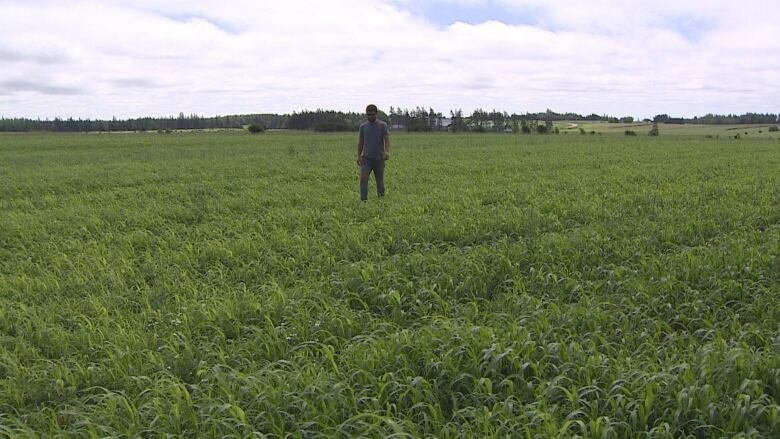The lab will promote innovation while assisting Canada’s net-zero carbon targets, who is also the federal agricultural minister and a member of parliament for the Island.

The four-year-old initiative that brings together farmers, academics, and others to do on-farm research will get $4.5 million in financing thanks to a new P.E.I. “living lab” established by the Canadian federal government.
More than 125 farms on the Island now have research initiatives underway thanks to the program. The initiative is now shifting to climate change research after originally concentrating on optimum farming techniques.
The lab will promote innovation while assisting Canada’s net-zero carbon targets, according to Lawrence MacAulay, who is also the federal agricultural minister and a member of parliament for the Island. The labs can also assist farmers in increasing agricultural production, he claimed.
“All farmers and ranchers are businesspeople; they’re big businesspeople. If they see a way to save money or increase their profits, they’ll take it.”
The new initiatives will be overseen by the East Prince Agri-Environment Association, a nonprofit group that represents many Island farms. The organization launched the first Living Labs program in Canada.
Agriculture and Agri-Food Canada announced in a press release that the $4.5 million over five years would be utilized for research aimed at assisting with carbon storage and lowering greenhouse gas emissions on Island farms.
Researchers want to look into techniques including rotating grazing, building edge-of-field wetlands, and feeding kelp to cattle.
Projects related to water management, fertilizer usage, and soil and nutrient conservation had been a part of the Living Labs study up to this point. In addition to developing the finest cover crop strategies, they have assisted in reducing the demand for irrigation.
In April, Scott Anderson of Agriculture and Agri-Food Canada stated the project had been satisfying.
“Mainly because it gave us that opportunity to work closely with producers and to involve them right from the start, to increase the speed of adoption of these practices,” she continued.
He said that Living Labs had successfully brought together farmers and researchers.
According to Anderson, “the producers and scientists both had a bit of apprehension” about dealing with each other more intimately. But at the end of the day, I believe that just breaking through that barrier and establishing that friendship has done wonders.